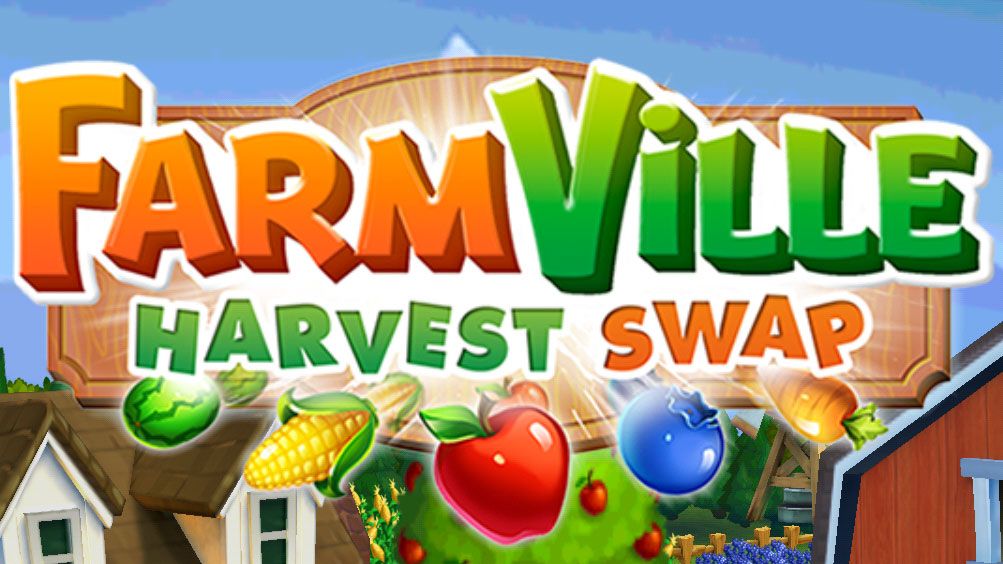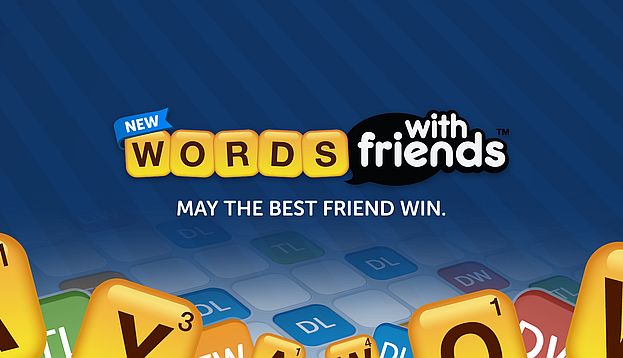The saga of Zynga has been an engaging one, with a meteoric rise on a new platform as Facebook expanded rapidly and Zynga’s games were there to take advantage of the vast new audience. Early hits included Zynga Poker and FarmVille, quickly followed by many other games that sought to take advantage of the seemingly insatiable desire of Facebook fans to play casual, social games. The rise of Zynga led to a successful IPO, where the company gathered well over a billion dollars in investment on its way to conquer new audiences.
Social games lost their momentum just as mobile games began rising quickly. Social game companies began to shift resources to mobile, but for most it was a hard transition. Now, it’s been about a year and a half since Don Mattrick stepped in to take charge of Zynga, and the company is still in the midst transforming itself.

It’s a difficult transformation that’s under way at Zynga. You’re redesigning and rebuilding a ship while you’re still on a voyage, and engaging in active trade along the way. If the direction of the company seems sound, the length of the voyage isn’t that big of an issue — if the company is still afloat. Zynga’s still got over a billion dollars in the bank and the losses appear to have stopped, with the company achieving positive cash flow for Q4 (even if it was only $2 million).
Games take time to build, and while mobile games can be put together more swiftly, quality products still take time. So a year or more is not that long to re-evaluate the product pipeline, re-arrange development priorities and teams, and get some new games out — and make a major acquisition (Natural Motion) along the way. Zynga appears to have a solid product slate for later in the year, announcing two action-strategy games Empires & Allies and Dawn of Titans, with FarmVille Harvest Swap (a match-three game), and several more products yet to be announced — between six and ten new products, all mobile first.
Zynga ended 2014 as a mobile game company. “Our mobile bookings now account for 60 percent of our bookings, up from only 27 percent since the time I joined the company,” CEO Don Mattrick said. Their goal is to hit 75 percent or more of the revenues coming from mobile by the end of 2015. That’s a big shift from being primarily a Facebook game company in the past. Much of the slowness in Zynga’s numbers for early 2015 are due to sunsetting various Facebook games rather than spending the development effort to update them to new Facebook APIs, judging that Zynga’s development resource is better spent on mobile-first titles. That seems like a reasonable judgment, though “it’s going to take longer to make money” is not something investors like to hear.
What are good general practices in crafting a product strategy for a large company? Diversify your risk, for one; don’t be tied to closely to a single platform or type of game. Use well-chosen licenses to expand your audience cost-effectively, bringing you new opportunities to cross-promote the rest of your portfolio. Have a variety of products in different genres with different demographic appeal. Take multiple shots, because you never know what may become a huge hit, yet try to make each one a solidly profitable product. Zynga appears to be doing all of that. How well the company is doing it is another thing, and we must wait until we’ve seen these games appear and how well they perform to make that judgment.
As for keeping too many employees around, that seems like a wise move if you’re planning on introducing a lot of games. Supercell has far fewer employees than Zynga, and it has all of three games – all of which are among the top-grossing mobile titles worldwide. That’s great for them… now. What happens if those games start dropping in popularity There aren’t many people around to do new ones. And what if the one new game that Supercell introduces in a year or two (about the current pace) doesn’t do too well You’ll have to wait another year or two for another one. If you tried to build a large business around the idea that you’d have a minimal number of employees and do just a couple of games that would be the very top revenue producing games in the world, you’d be out on the street. Supercell can do what it does because it already has a top game; to try and model a business around that would be crazy.
 Clive Downie
Clive Downie
Zynga’s got the cash to hang onto a large number of employees, and it’s doing so that it can be a large publisher by producing a number of games. You don’t make six to ten games in a year with a hundred people, not large and top-quality games, at any rate. Odds of a major hit are better with more shots. Waiting until you have a top hit before expanding seems like a much longer term bet, and in San Francisco’s job climate you’d have a hell of a time hiring hundreds of good people. Those employees are an important resource that Zynga is hoarding, and looking to capitalize on this year. Right now, though, the company is betting it can make some good money from all of those employees sometime this year.
The [a]listdaily spoke exclusively with Zynga COO Clive Downie to get more insight on the company’s strategy and prospects for the coming year.
What’s your assessment of Zynga’s position right now?
We have come out of 2014 as a leading mobile gaming company. That may sound like a simple statement, but we weren’t a leading mobile gaming company when Don took over in the middle of 2013. I say that we’ve achieved that — and I know that we have more to do — when I look at some of the indicators. Specifically, our monthly active users on mobile (MAU) have grown year-over-year by 87 percent. Mobile bookings as a percentage of our overall bookings when Don took over in the middle of 2013 were 27 percent of our total. Jump forward to the end of 2014 and out mobile bookings were 60 percent of our total. Those are two indications that the movement towards a leading mobile gaming company is well under way.
I’d say we have achieved those indicators by execution on three very specific strategies that have been underpinning every decision we’ve made in 2014. The first was to grow and sustain our core franchises; the second was to create new franchises, and the third was to drive efficiencies.
Will these new mobile-first games in game design and monetization — less time-gating, more virtual items?
The first work of this new era was FarmVille Country Escape, and that really opened up the economy and the game systems. It didn’t have that kind of restriction in timing that some of our Facebook games in the past had. We realized on mobile, within the way people were participating on mobile, we had to think differently about the way people could traverse through the product. The new products we’re talking about today are in very different categories. Action-strategy has a very different core loop and a core set of attributes in game play. There are areas of innovation that can operate in other areas of the product, specifically in social. We believe we can get back to our social legacy by being the pre-eminent force in social gaming. To do that, we have to provide new ways for people to compete, cooperate, participate and partner with each other. We feel comfortable about some of the things we’re doing in these action-strategy games around that. You’ll see a mix of different business models in in-app purchase and ads, and innovating in social is one of the key areas where we can bring a difference to these categories.
You’re coming out with more games and more variety among the games. Does that imply that you will see fewer chances for cross-selling as opposed to previous games where many were similar?
Great question. I’d say no. We’re interested in being the leader in these categories, and when you’re the leader you do a number of things. Because you’re the leader you get a retentiveness and a scale around these products that make them evergreen. If you think about the leaders in these categories now, they are organically staying where they are and fueling those businesses to stay where they are. When you think about our portfolio there are affinities that we can and do rely on. Our portfolio has historically been 60-40 in terms of female-male split, mainly because of our FarmVille and Words With Friends dominance. Our male audience has generally been centered around our Zynga Poker product. With the addition of CSR Racing we immediately had another audience that was predominantly male. With action strategy, we bring another level of predominantly male consumers into our network. Our slots business is growing, that’s predominantly female. The match-3 category is split down the middle. My sense is the affinity is going to be increased with the number of products that we have, and the number of products that we have means our network scale is going to increase, which will increase our opportunities to find affinities.

Do you think people may get tired of playing certain types of games and look for something new?
There’s a big assumption there that people get tired of games. We really want to make games that can be in business for years — we’re in the business of making games that are live services that people keep wanting to come back to because they are great places to be, to be with other like-minded people to extend the play sessions.
Do you feel there are genres or categories of mobile games that are still blue ocean, that you are looking to get into?
I think every category in mobile can be disrupted. That’s because free-to-play games are free-to-leave games. I don’t have to stick around because I spent sixty bucks and feel compelled to finish the product. If there’s another product that comes along where I see that there’s a step-change experience versus what I have right now, then I can very easily go to the new product. That’s why we put so much emphasis on our social legacy and getting back to social, because we believe that social can be some of the glue. It’s not the silver bullet, but if you are in an ecosystem where your friends are — or people who you value as your friends in that space— then you’re going to feel compelled to stay, because that’s a social place for you. Every category can be disrupted, and we are mindful of that ourselves, which is why we believe social is an area that we can innovate in and lead in. That’s why we’re excited to go into categories where there are incumbents, because we believe with our offerings we can provide consumers with something new.

